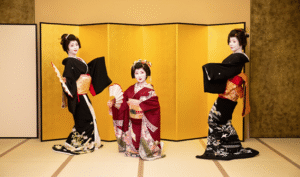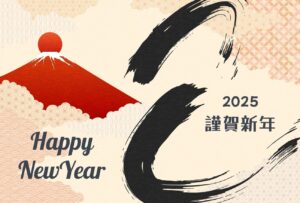The Meaning of Marks on Cars in Japan
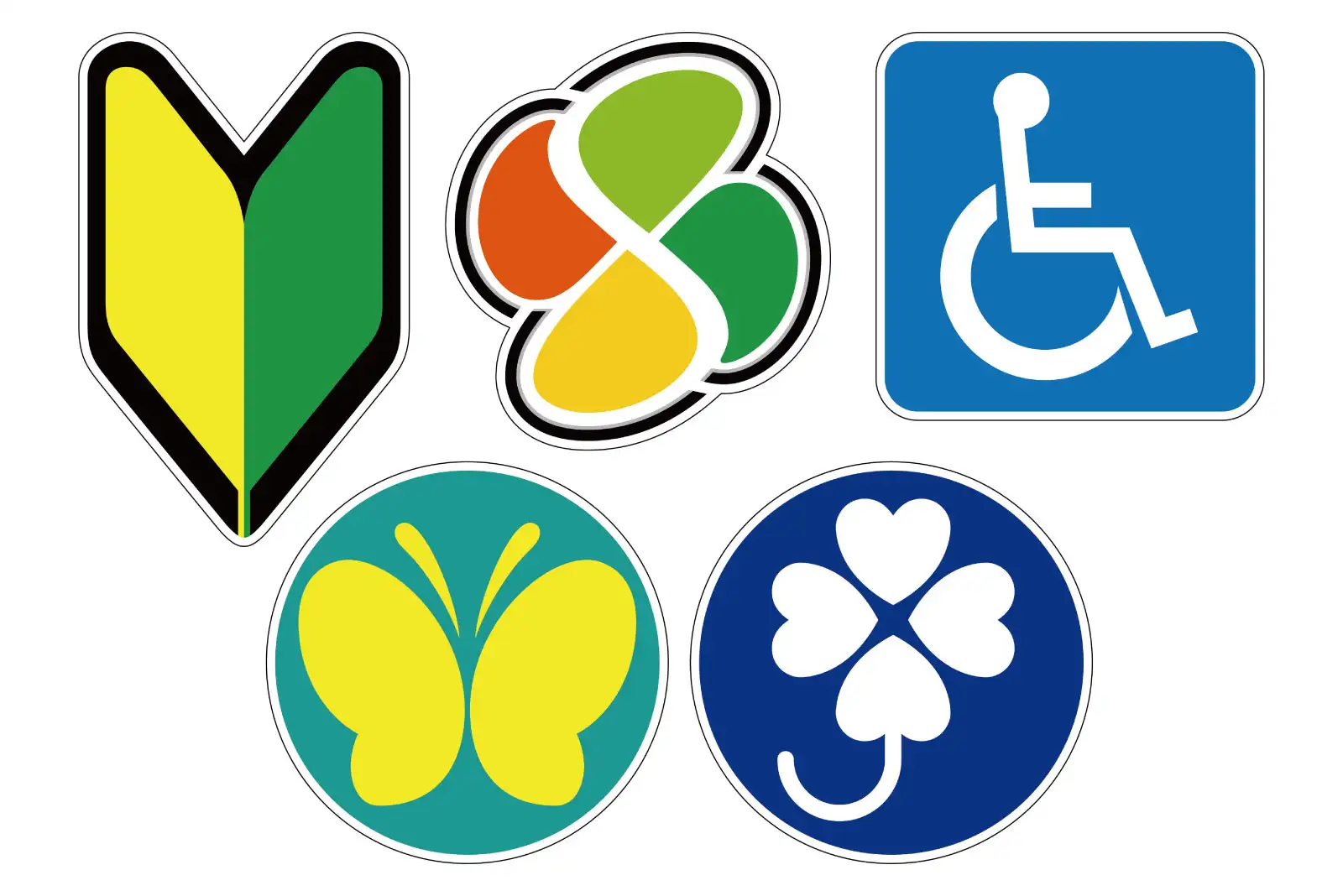
In Japan, people put stickers of various marks on their cars. Some of them are compulsory, while others are not. The purpose of these stickers is to let people know what kind of people are in the car, and by letting them know, it helps people around them to be more careful.
Marks to put on your car
Beginner driver’s Mark

One of the most common marks or stickers on cars is the green and yellow leaf-shaped beginner’s mark. You are required to put it on your car within one year after you get your license. If you fail to display the beginner’s mark, you will be given penalties. It is also worn by people who don’t usually drive, when they are driving for the first time in a long time.
The effect of this mark is tremendous, and it makes driving easier, especially in heavy traffic areas!
Elderly driver’s mark
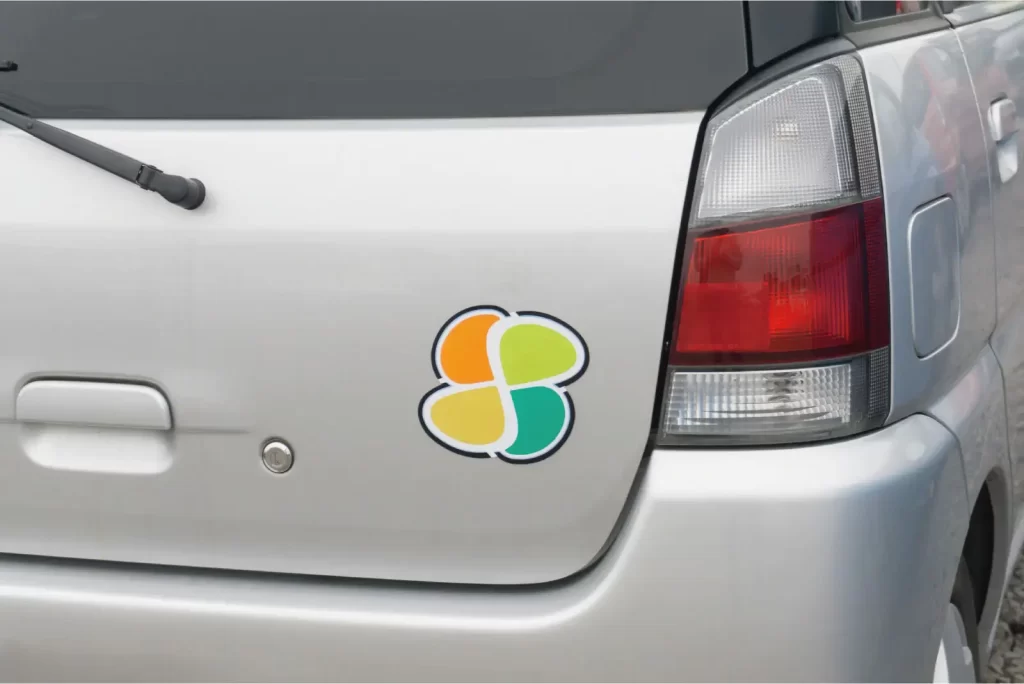
Although it is not compulsory, it is recommended that elderly people over 70 years old put the elderly driver’s mark on their cars when they drive.
It is up to the driver to decide if he or she wants to wear it, but most people do.
Hearing Impaired person’s Mark
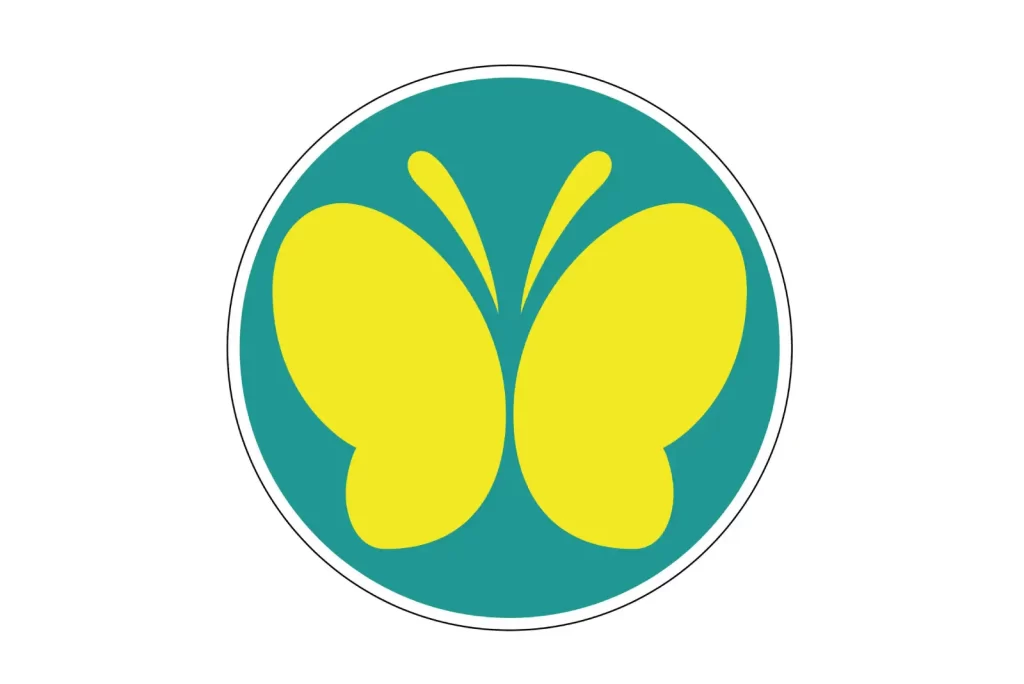
Drivers with hearing disabilities are required to use wide or auxiliary mirrors and to display the hearing disability mark, and are subject to fines and points for violations. The purpose of this is to let people know that hearing-impaired drivers may not be able to hear the car horn, so they need to be considerate of the cars around them.
Physically disabled person’s mark
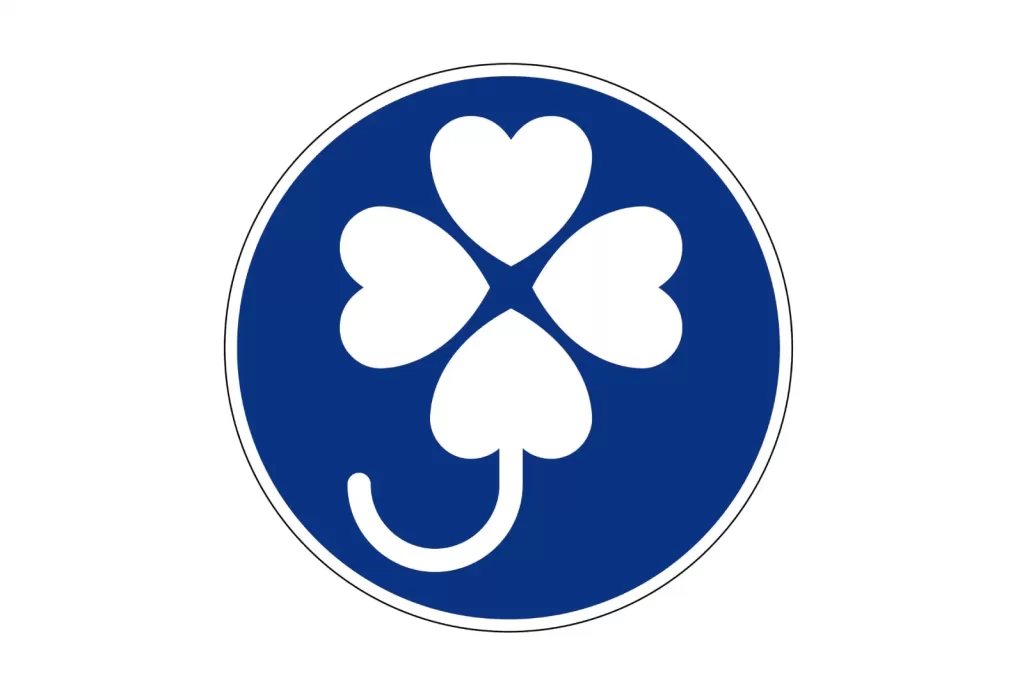
This is not compulsory, so there is no penalty for not displaying it. If you pull over or cut off a car with this mark forcefully, you will be fined.
BABY IN CAR Mark
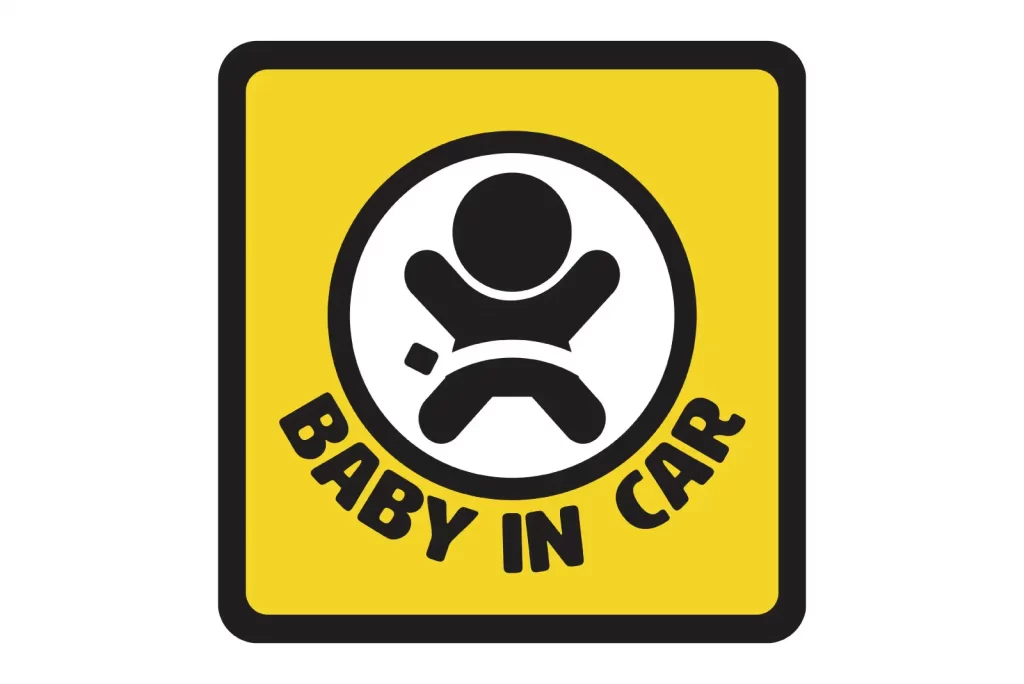
The BABY IN CAR mark is said to have originated from a sticker called “Baby On Board” created in the 1980s by an American childcare product manufacturer.
It is meant to indicate that people should drive safely with their babies in the car. It is not compulsory, but you can often see people wearing them in Japan.
Marks on the train
Maternity mark
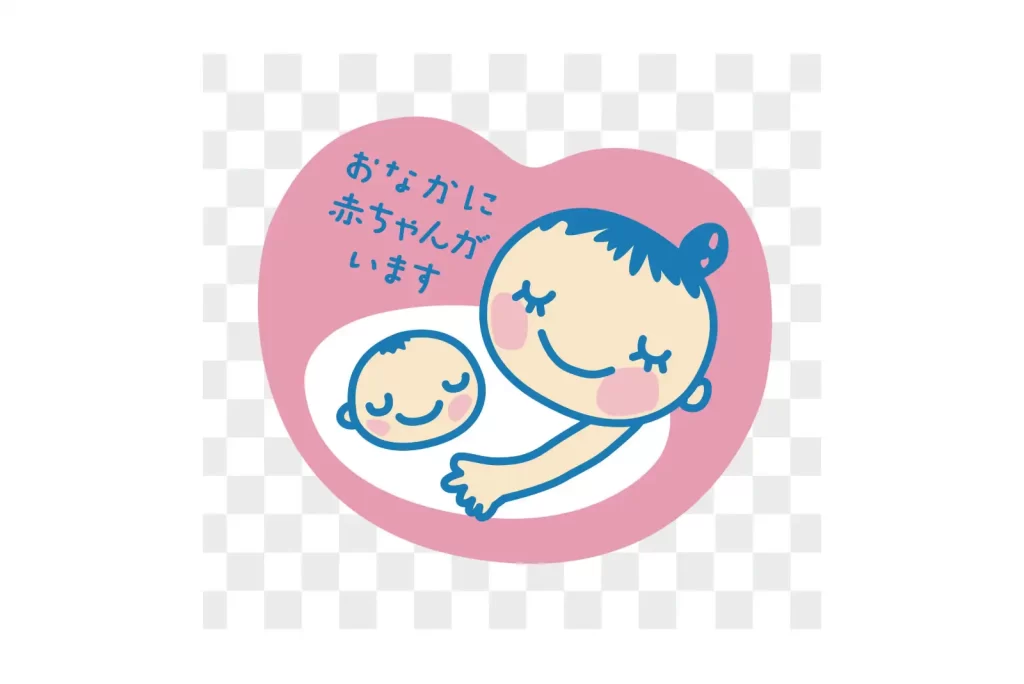
This mark is for expectant mothers to wear when using public transportation, etc., to make it easier for those around them to care for pregnant women. In Japan, we use trains as a means of transportation, so if someone else is wearing this mark, they will give up their seat.






